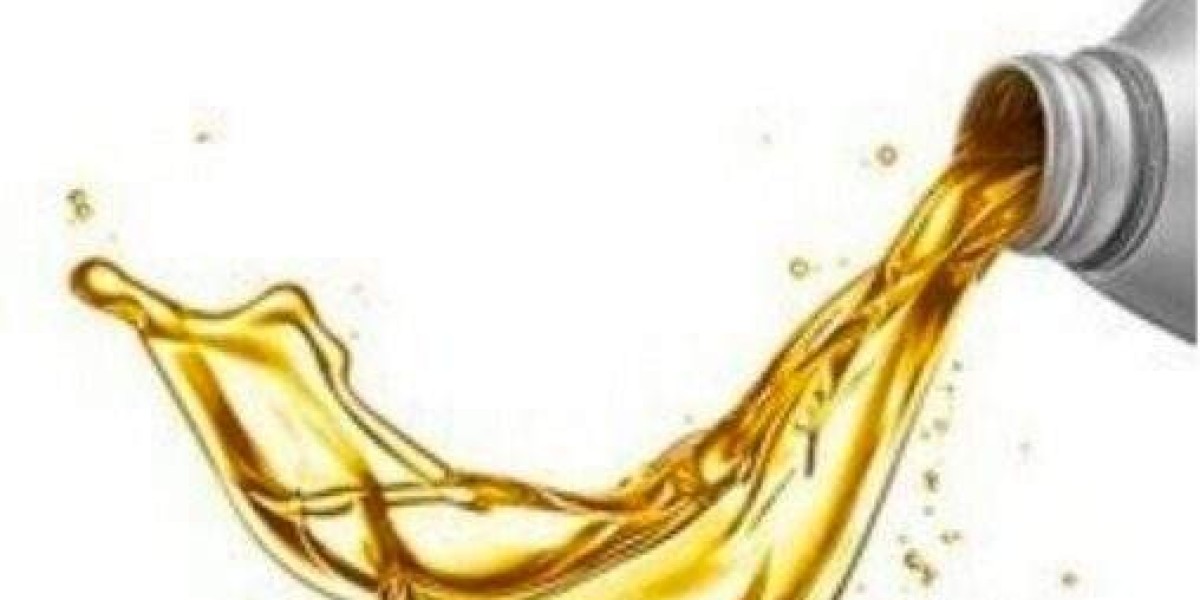Introduction
Dental instrument curettes are indispensable tools in periodontal care, designed to remove plaque, calculus, and diseased tissue with precision. Whether you're a dental professional or a patient seeking to understand the tools used in oral care, this guide covers all you need to know about curettes.
What is a Dental Curette?
A dental curette is a periodontal instrument featuring a spoon-shaped blade with one or two cutting edges. It is designed to adapt to various tooth surfaces, making it ideal for thorough cleaning and treatment of periodontal pockets.
Types of Dental Curettes
Universal Curettes
- Designed for use on all tooth surfaces.
- Feature a rounded back and toe for safe subgingival scaling.
- Examples include the Columbia and Barnhart curettes.
Gracey Curettes
- Area-specific curettes for more targeted cleaning.
- Designed for specific quadrants or surfaces of the teeth.
- Offer greater precision in deep pockets.
Key Features of a Dental Curette
- Material: Stainless steel or titanium for durability and sterilization.
- Design: Ergonomic handles for better grip and reduced fatigue.
- Cutting Edge: Single or dual, depending on the type and application.
Applications of Dental Curettes
Scaling and Root Planing
Curettes remove calculus deposits and smooth root surfaces, aiding in the prevention of gum disease.Periodontal Maintenance
They help maintain oral health by removing plaque and biofilm from periodontal pockets.Subgingival Debridement
The design of curettes allows for efficient removal of debris below the gum line.Surgical Procedures
Specialized curettes are used during flap surgeries and other periodontal interventions.
Advantages of Using Curettes
- Precision in removing deposits without harming healthy tissue.
- Versatility in treating various tooth surfaces.
- Durability and reusability when maintained properly.
- Essential for preventing periodontal diseases.
How to Maintain Dental Curettes
Proper maintenance of curettes is essential for their longevity and performance:
Cleaning:
Rinse and sterilize the instrument after every use to prevent contamination.Sharpening:
Maintain the cutting edge to ensure effective scaling. Use sharpening stones or guides designed for dental instruments.Storage:
Store in a clean, dry environment to prevent rust or damage.
Why Are Curettes Essential in Dentistry?
Curettes ensure thorough cleaning in areas that toothbrushes and floss cannot reach. By facilitating effective subgingival cleaning, they prevent the progression of periodontal disease and support overall oral health.
Choosing the Right Curette
When selecting a dental curette, consider:
- The specific treatment required.
- The anatomical design for better adaptability.
- The material and brand reputation for durability.
Conclusion
Dental instrument curettes are a cornerstone of periodontal care, offering precision and reliability in maintaining oral health. From universal to area-specific types, they are indispensable for effective dental treatments. By understanding their applications and maintenance, dental professionals can maximize their effectiveness, ensuring better patient outcomes and long-term oral health.
For more information on dental tools or to explore high-quality curettes, consult a trusted dental equipment supplier today!



